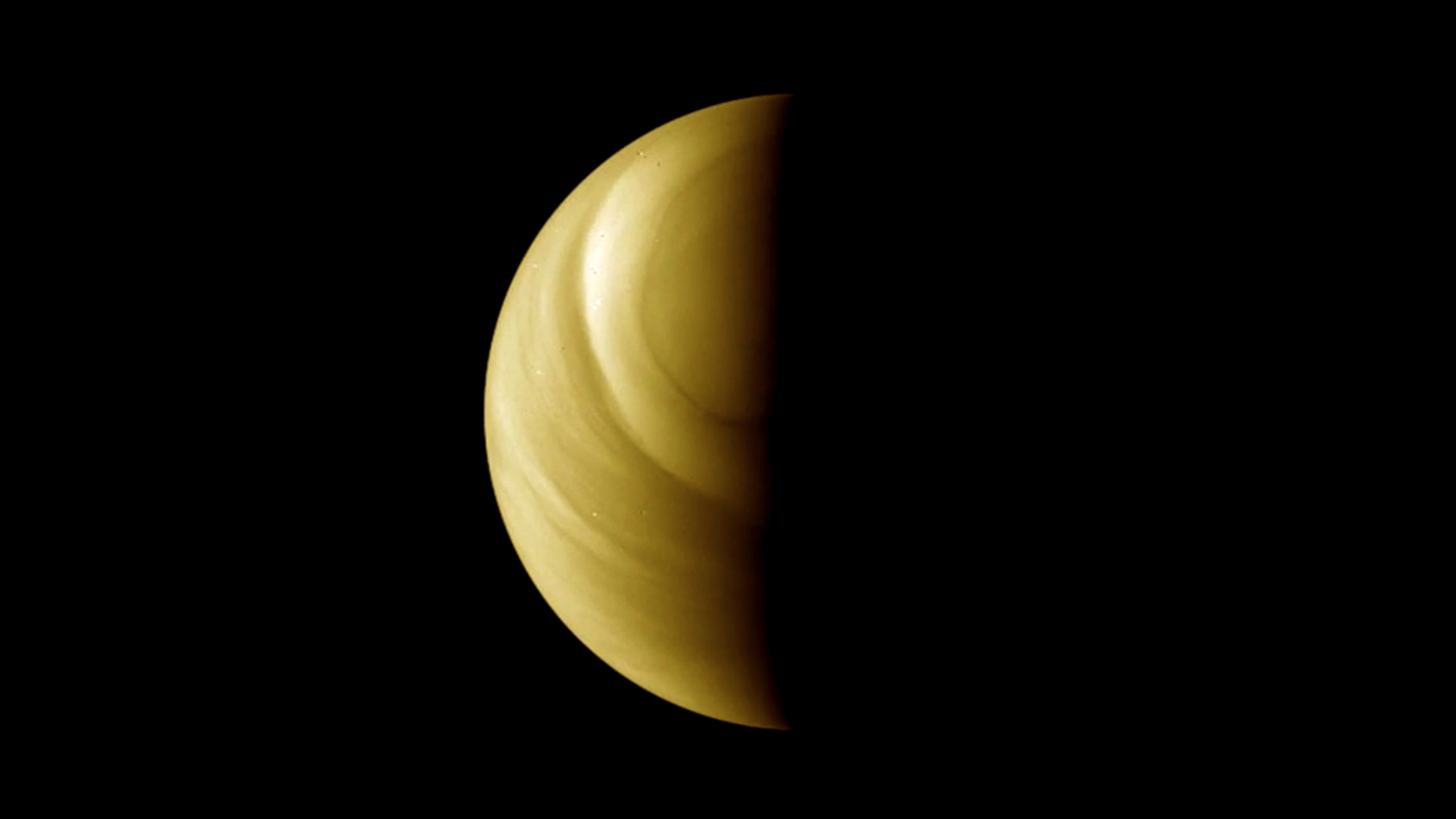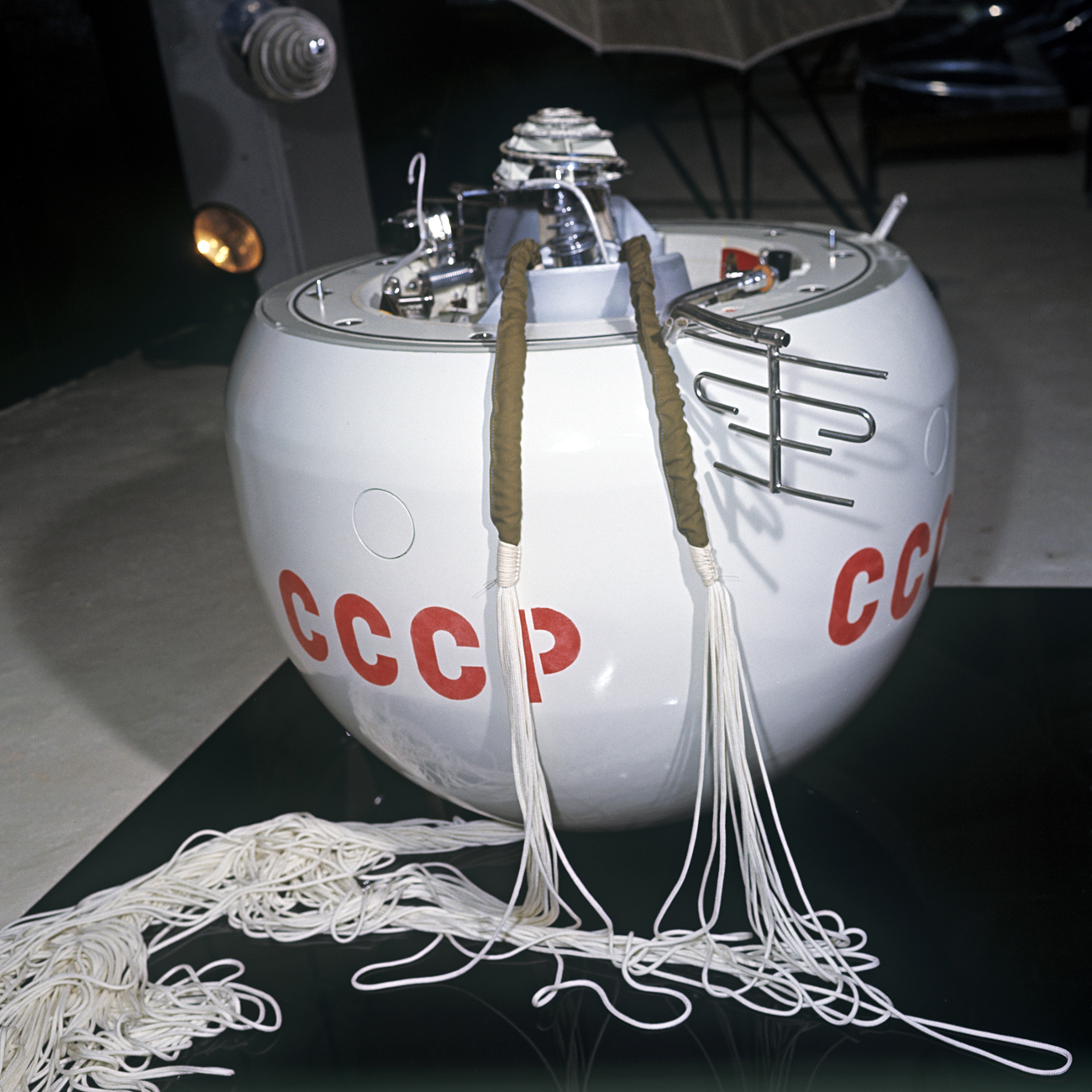
The Soviet Union sent missions to Venus from 1961 to 1984, first landing there in December 1970. In fact, this was the very first time that the human race had ever landed on another planet. Photo: Venus
ESAThe Russian Space Agency (Roscosmos) and NASA are discussing a joint project called Venera-D, which aims to land a space probe on the surface of Venus and spend several days conducting research there before eventually destroyed by the intense heat.
The Soviet Union sent missions to Venus from 1961 to 1984, first landing there in December 1970. In fact, this was the very first time that the human race had ever landed on another planet. However, because of Venus' extreme heat the Soviet spacecraft survived no longer than two hours on the planet's surface.
The new Russian mission, planned for 2026, hopes to set a record in terms of duration on Venus' surface. Russian scientists said that the E.U., the U.S. and China already expressed interest in participating. The comprehensive program for exploring Venus also includes the launch of atmospheric sounders and even an orbiter.
“Such research has a long-term economic component, because given the vast amount of natural resources that humans now consume we will sooner or later face shortages,'' said Alexander Zheleznyakov, an academician with the Russian Academy of Cosmonautics. ``Mineral resources from other planets will be crucial for the future of the human race.”
Unlike Mars where water has been discovered, Venus doesn't offer any hope of life because it is a brutal desert. Surface temperatures can reach +467 Сelsius in the shade, and its surface is always in the shade because of a thick cloud layer. Light from the Sun can never get through. The atmosphere is practically pure carbon dioxide, and the pressure is 93 atmospheres, which is the same as deep under the Earth's oceans.
“Data about Venus that was obtained by Soviet scientists in the 1970-80s are still used all over the world,'' said Lev Zeleny, vice president of the Russian Academy of Sciences. ``Information recorded by Soviet weather balloons that flew in Venus' atmosphere 50-55 kilometers above the planet's surface remains unique.”
The development of Venus' climate followed a catastrophic spiral -- rising temperatures led to the evaporation of primordial oceans, which in turn led to a thicker cloud cover that pushed temperatures even higher. In addition, Venus spins on its axis in the opposite direction.
 Lander of the Soviet automatic station “Venera-4” (Venus). Source: Nikolai Pashin/RIA Novosti
Lander of the Soviet automatic station “Venera-4” (Venus). Source: Nikolai Pashin/RIA Novosti
The Soviet Union's Venera-7 made the first ever soft landing on Venus in August 1970. Five year later another spacecraft, Venera-9, transmitted the first pictures from the planet's surface back to Earth. In 1982, Venera-13 sent back color panoramic images of Venus as well as sound recordings.
Zeleny said that Russia has already set up a joint working group to repeat the achievement of Soviet scientists and engineers who in 1985 landed the Vega-2 spacecraft on Venus' surface. That probe will serve as a prototype for Venera-D.
“Russia would like to invite foreign partners, especially U.S. scientists, to take part in these expeditions,'' said Zheleznyakov. ``If we have full funding then our scientists can build the spacecraft and everything necessary for Venus exploration no earlier than in 10 years. The Americans, however, have made very good progress in this area and could do it in five to six years.”
Zheleznyakov said cooperation between Roscosmos and NASA will be beneficial and effective. Russian scientists can do the work related to the establishment of a portable research center aboard the spacecraft, while the Americans could ensure the spacecraft's durability since they have created materials that can withstand the aggressive environment of other planets.
All rights reserved by Rossiyskaya Gazeta.
Subscribe
to our newsletter!
Get the week's best stories straight to your inbox